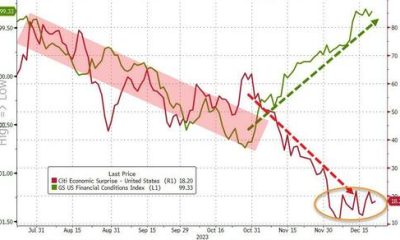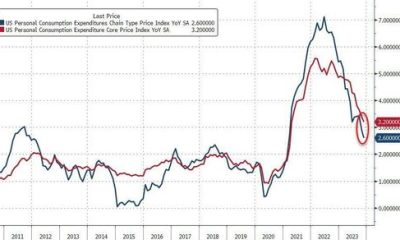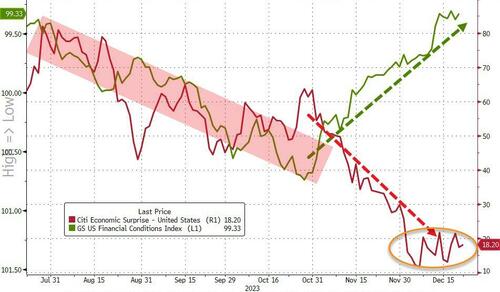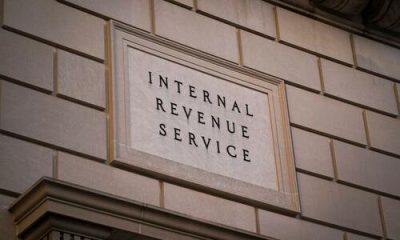Economics
A target band for inflation?
David Beckworth directed me to this tweet:
If the Fed had a single mandate to target inflation, then there would be an argument for switching from a…
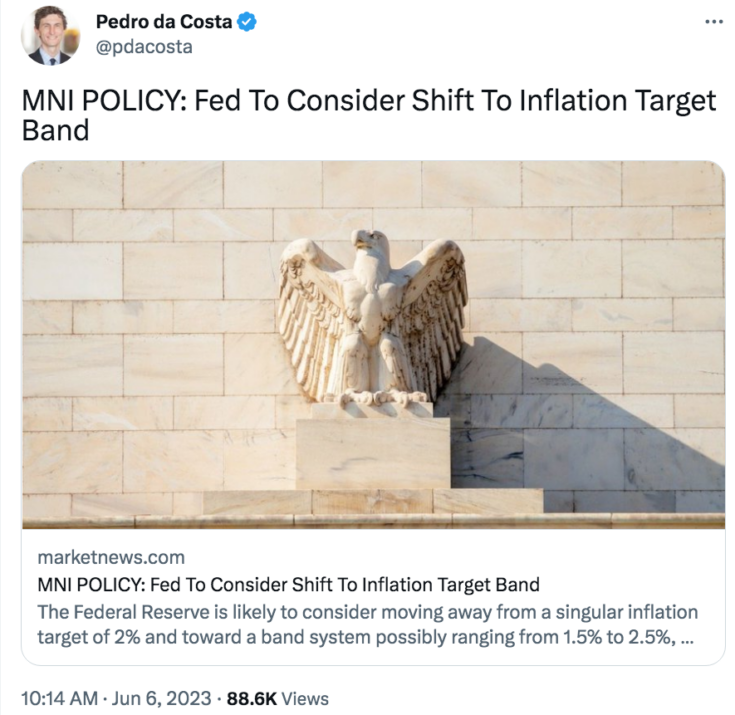
David Beckworth directed me to this tweet:

If the Fed had a single mandate to target inflation, then there would be an argument for switching from a point target like 2% to a band such as 1.5% to 2.5%. But the Fed has a dual mandate, under which an inflation band would be completely pointless. The Fed already allows inflation to fluctuate above and below 2% as required to achieve the high employment side of their mandate.
Calling something “pointless” might be viewed as mild criticism, but I have other concerns. I fear that something like this might be the sole outcome of the next Fed review of its operating procedure, which is scheduled for 2025. In that case, an inflation band would shift from pointless to deplorable.
The past two years have clearly demonstrated that the Fed is off track, and it’s not hard to see where the problem lies. Fed policy since 2021 has been far too expansionary. The biggest problem seems to have been the Fed’s “flexible average inflation target”, which despite its name does not call for flexible average inflation targeting. The best outcome for the Fed upcoming policy review would be to actually adopt flexible average inflation targeting. Under this regime, the Fed would make up for inflation overshoots with lower than 2% inflation going forward, and inflation undershoots with above 2% inflation going forward. Over longer periods, the Fed would keep the average inflation rate close to 2%. Obviously, the Fed isn’t doing that today. The policy must be symmetrical.
As for the “flexible” part of the policy, the Fed would allow transitory deviations from 2% inflation due to supply shocks. The best way of implementing flexible average inflation targeting would be to set a target path for the level of NGDP at a rate of 2% plus the Fed’s estimate of long run RGDP growth. Those trend growth estimates might be updated every 5 or 10 years.
I’d actually prefer a simple NGDP level target, but as long as Congress gives the Fed a mandate for stable prices, they cannot entirely ignore inflation. Fortunately, the two options are pretty similar in practice, as long run growth trends change very slowly over time.
(0 COMMENTS)
inflation
policy
fed
expansionary

Argentina Is One of the Most Regulated Countries in the World
In the coming days and weeks, we can expect further, far‐reaching reform proposals that will go through the Argentine congress.
Crypto, Crude, & Crap Stocks Rally As Yield Curve Steepens, Rate-Cut Hopes Soar
Crypto, Crude, & Crap Stocks Rally As Yield Curve Steepens, Rate-Cut Hopes Soar
A weird week of macro data – strong jobless claims but…
Fed Pivot: A Blend of Confidence and Folly
Fed Pivot: Charting a New Course in Economic Strategy Dec 22, 2023 Introduction In the dynamic world of economics, the Federal Reserve, the central bank…



